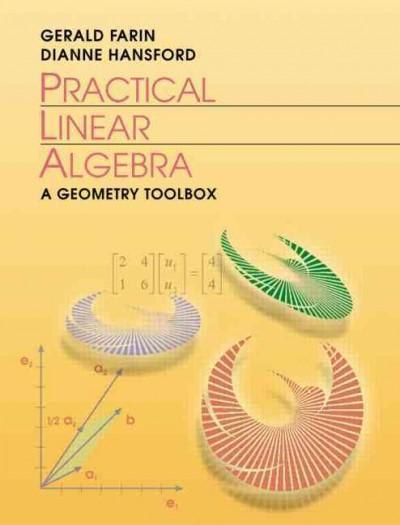Question
Consider a system that is driven by two Poisson point processes, A1 and A2, where Ai = {An i, n = 0,1,2,...} with respective intensity
Consider a system that is driven by two Poisson point processes, A1 and A2, where Ai = {An
i, n = 0,1,2,...} with respective intensity ?i > 0, i = 1,2. The corresponding counting processes areNi
= {Ni(t), t ? 0}, i = 1,2. The aggregate (superimposed) arriving point process is denoted as A
and its counting process is denoted as N = {N(t), t ? 0}, where N(t) = N1(t) + N2(t), t ? 0.
a. Obtain the distribution of N(t), t > 0.
b. Calculate the probability P{N1(t)=1 | N(t) = 2}, t > 0.
c. Calculate P{N(0,3t)=2 | N1(0,2t) = 2, N2(0,3t) = 1}, t > 0.
d. Calculate P{A1 > t | A1 > t, (A1)^2 > t/2}, t > 0.

Step by Step Solution
There are 3 Steps involved in it
Step: 1

Get Instant Access to Expert-Tailored Solutions
See step-by-step solutions with expert insights and AI powered tools for academic success
Step: 2

Step: 3

Ace Your Homework with AI
Get the answers you need in no time with our AI-driven, step-by-step assistance
Get Started


